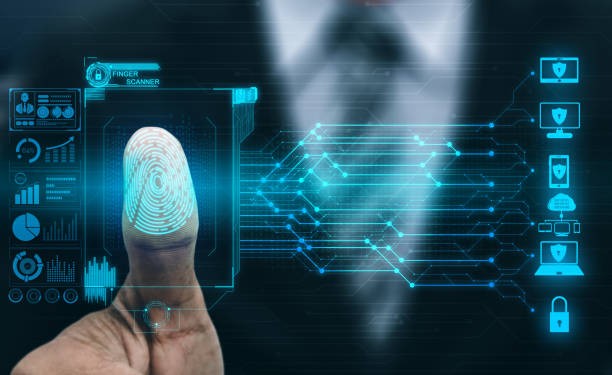Humanity Protocol, a privacy-focused identity verification solution using palm recognition, is live on the Polygon testnet thanks to a collaboration with Animoca Brands and Polygon Labs.
Launched on February 20th, Humanity Protocol aims to be a less invasive option compared to other biometric methods like iris scans. Co-founder Balázs Némethi explains, “Unlike often invasive and burdensome proof-of-personhood solutions, Humanity Protocol promotes better equity and inclusion for users.”
Yat Siu, co-founder of Animoca Brands, highlights the user-centric approach: “This cutting-edge, non-invasive biometric technology underpins the proof-of-humanity consensus mechanism, building a decentralized ecosystem that respects true digital ownership and can onboard millions to a verifiable digital identity solution.”
🚀 Humanity Protocol hits a milestone with 40,000 claims registered globally!
🌍 From Nigeria to Viêt Nam, our community is making waves in over 94 countries.
Thanks to all who’ve joined us on this journey towards a more inclusive digital economy!#NFTAirdrop #CommunityStaking… pic.twitter.com/H6dMCU5yfs
— HumanityProtocol (@HmntyProtocol) February 13, 2024
The protocol boasts 40,000 registered members within just three months. Its security relies on zero-knowledge proofs (ZK-proofs) on the Polygon CDK layer 2 and leverages the proof-of-humanity (PoH) consensus mechanism for identity validation.
Nikita Uriupin, founder of Exverse, believes advancements like ZK-proofs in privacy-preserving tech are crucial for Web3 adoption: “Web3 solutions offer even more confidence for Web2 in the face of constant data breaches.”
Indeed, IT Governance reports 2,814 data breaches in 2023, exposing over 8.2 billion documents. Humanity Protocol empowers users with complete data ownership, unlike Web2 systems.
Sandeep Nailwal, co-founder of Polygon, sees vast potential: “Humanity Protocol lays the foundation for a wide range of applications by being the first blockchain ecosystem that’s both sybil-resistant and integrates verifiable credentials into a decentralized validator network.”


